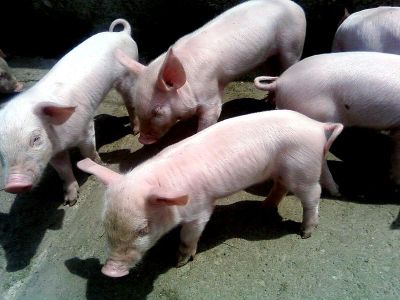Improving pig health

Little pigs, fot. public domain
Understanding disease epidemiology is central for taking the appropriate intervention measures. A predictive model could significantly aid this process by evaluating the impact of various strategies of pig welfare.
Porcine enzootic pneumonia (EP) is one of the main reasons behind the
health problems encountered in the pig production industry throughout
Europe. EP is caused by Mycoplasma hyopneumoniae and its transmission
through the herd is influenced by a number of factors, including
management and hygiene.
The scope of the EU-funded 'Advanced epidemiological analysis of
Mycoplasma hyopneumoniae infection in pigs' (EPIDEMIOLOGY OF MHYO)
project was to investigate the epidemiology of EP and develop a model
for predicting pathogen transmission. To achieve the first objective,
scientists used a multivariable approach to analyse various risk factors
in EP onset in pigs.
Results indicated that infection in piglets was mainly influenced by
the introduction of female breeding pigs (i.e. gilts) into the herd and
the method employed for their acclimatisation. Large farrowing
compartments, increased temperature and weaning age were additional
determinant factors for M. hyopneumoniae spread.
The identified risk factors were subsequently incorporated into a
mathematical model for predicting how various control measures could
impact the within-herd transmission of M. hyopneumoniae. Following
validation, the model could be utilised to set up prevention programmes
and design effective strategies of controlling EP in infected pig herds.
Researchers concluded that apart from strict hygiene conditions,
extra care should be taken to allow newly introduced pigs to acclimatise
to the new conditions before initiating breeding. These measures will
not only reduce disease occurrence and the use of antimicrobial drugs,
but will minimise antibiotic resistance and improve the overall
productivity of the herd.
published: 2015-02-02